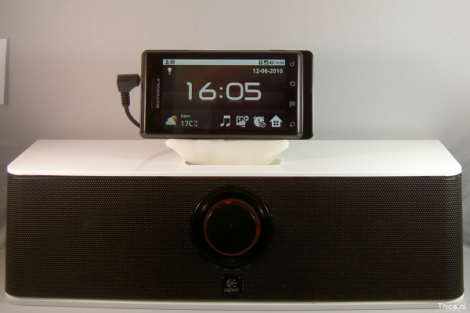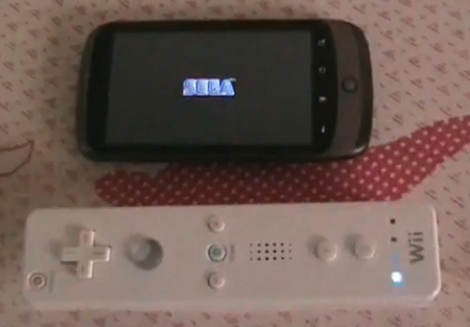
Indeed, the gizmo above is meant to be used as a gas pedal. [Grant Skinner] came up with the idea to control slot cars using an Android phone as a gas pedal. He coded the software for the handset and a computer using Adobe AIR. Once connected, the computer is sent the accelerometer data from the phone, relaying the speed control to the slot car track with the aid of a Phidgets motor controller. See it ‘go’ after the break.
We’ve seen the Phidgets board used in several projects like the augmented vending machine and the plotter white board. What we haven’t seen is hacks that make use of AIR, a framework we looked at two years ago. If you’ve got hacks that make use of AIR we want to hear about them.
















